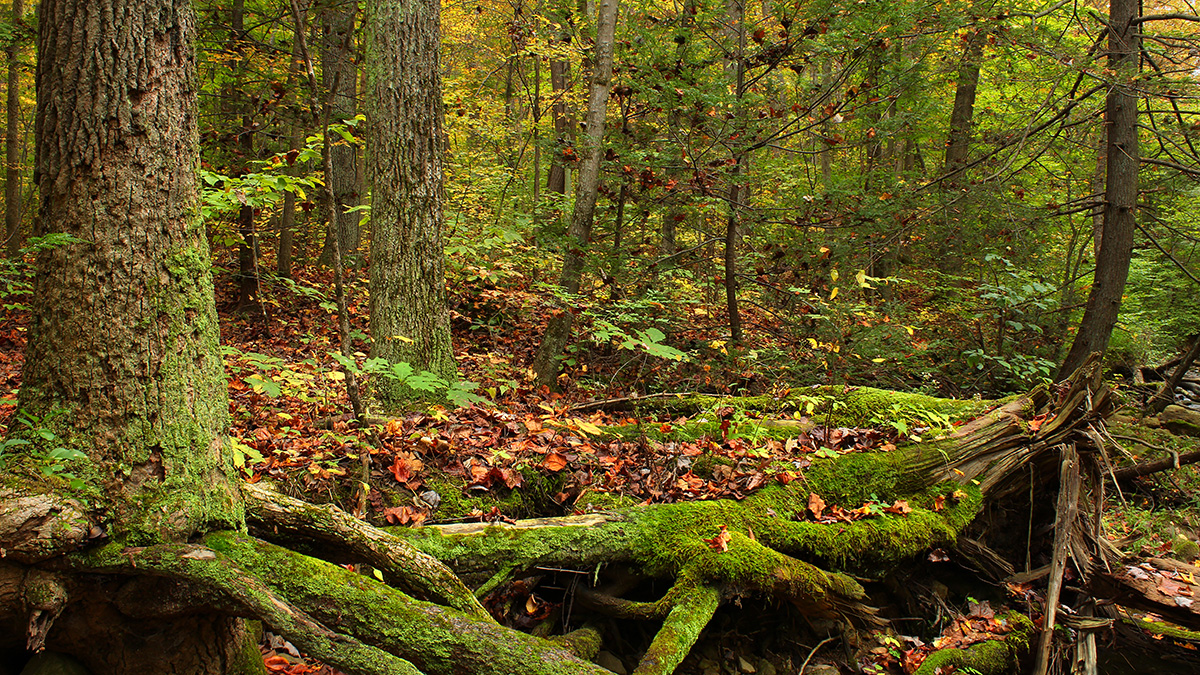Source: Journal of Advances in Modeling Earth Systems (JAMES)
A translation of this article was made by Wiley. 本文由Wiley提供翻译稿。
Plants are an integral part of the water cycle. Certain plant traits, like rooting depth and water storage, can govern water availability across an entire ecosystem.
Quantifying these traits can help scientists predict the mortality risk of trees facing droughts and the effects of forest composition on local hydrology. Yet many of them remain difficult to measure or estimate with current methods.
In a new study, Li et al. demonstrate that stable isotopes (2H, 18O) in a tree’s water-transporting xylem provide reliable estimates of several plant traits related to water use. Rather than assuming generic values for diverse forests, the scientists discovered that these traits can be estimated from isotope data that are commonly collected and widely available.
The researchers collected xylem water from 30 eastern hemlock trees at the University of Connecticut over 7 months across a range of riparian topographic positions. They incorporated these data, along with meteorological and groundwater data, into a model that predicted various plant traits.
They found that the model’s predictions for root depth, plant water storage, evapotranspiration, and evaporation in soils were correlated with the actual diameter of the hemlock tree and its location on a slope. The ability to accurately estimate these plant traits using relatively basic xylem measurements could help scientists solve water resources challenges now and in the future as the climate changes, the authors say. (Journal of Advances in Modeling Earth Systems (JAMES), https://doi.org/10.1029/2022MS003263, 2023)
—Sarah Derouin, Science Writer

